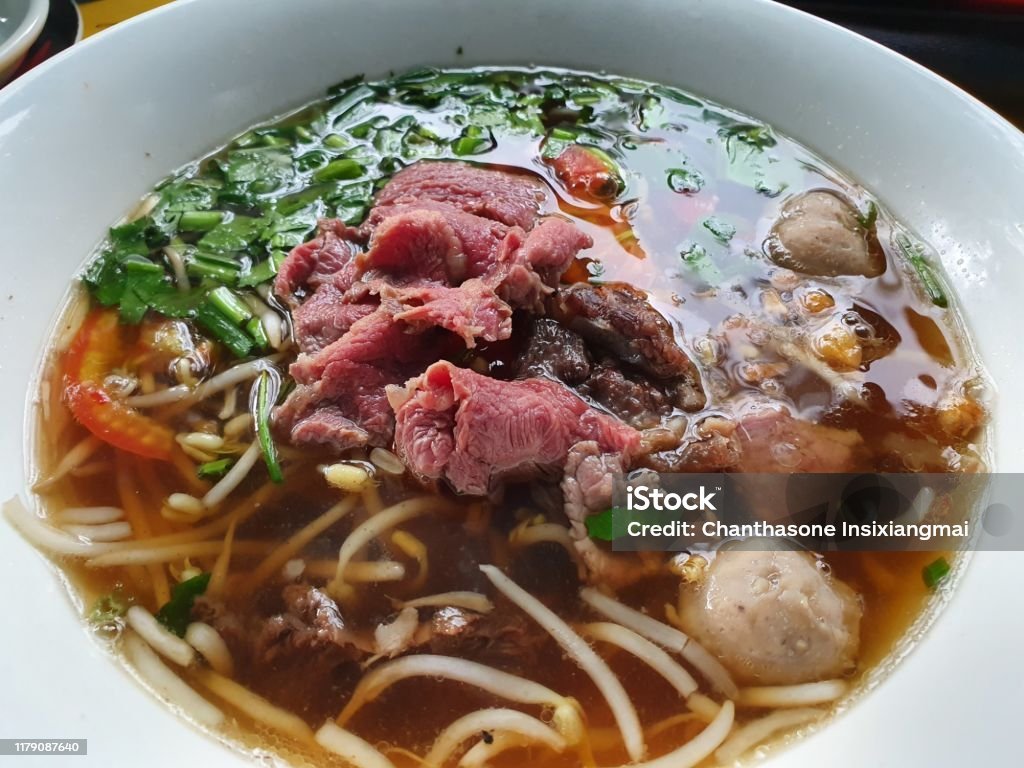
Embark on a journey through the heart of Vietnamese cuisine with Cơm Tấm, or broken rice. From its modest origins to becoming a culinary icon, this dish beautifully embodies tradition, creativity, and flavor in every bite.

What Makes Cơm Tấm Unique?
Cơm Tấm isn’t your ordinary grain. Once deemed a byproduct of rice production, these fragmented grains have become a culinary treasure. Their slightly chewy texture and ability to absorb flavors make them the perfect canvas for a vibrant, flavorful meal. Unlike regular rice grains, Cơm Tấm offers a unique texture, perfectly pairing with diverse ingredients to enhance the entire dining experience.
A Glimpse into History: From Simplicity to Sophistication
Born from necessity, Cơm Tấm was once the staple food of Vietnamese farmers and workers. It symbolized resilience and ingenuity, turning something simple into something extraordinary.
During Vietnam’s agricultural era, families turned to Cơm Tấm as an affordable alternative, making the most of broken rice grains.
They transformed it into hearty, satisfying meals that provided essential nourishment and energy to sustain their demanding daily labor. Over time, the dish gained recognition beyond its humble origins, becoming a culinary icon of Southern Vietnam. Today, Cơm Tấm is celebrated for its cultural and gastronomic significance, showcasing the deep-rooted culinary heritage of Vietnam.
It represents the simplicity of the past while embracing the refinement and sophistication of modern Vietnamese cuisine in every bite.
Building the Perfect Plate of Cơm Tấm
A plate of Cơm Tấm is a harmonious medley of textures, flavors, and aromas. Here’s why it stands out so remarkably:
Cơm Tấm: The foundation of the dish, cooked to fluffy perfection, with grains that absorb the flavors of the accompanying components.

Grilled Pork Chop (Sườn Nướng): Smoky and savory, each bite bursts with charred goodness from traditional Vietnamese spices. The pork is often marinated in a blend of fish sauce, garlic, sugar, and black pepper, creating a delightful umami flavor.

Shredded Pork Skin (Bì): A mix of finely shredded pork and roasted rice powder for a delightful contrast of chewiness and crunch. This ingredient adds texture and depth to the dish.
Steamed Egg Cake (Chả Trứng): A silky, savory delight made with minced pork, mung beans, and egg. Often steamed in small molds, this component adds a comforting, custard-like texture.

Sunny-Side-Up Egg: A visual and textural highlight with its golden, runny yolk. Breaking the yolk over the rice enhances its richness.
Pickled Vegetables and Fresh Herbs: Crisp, tangy, and refreshing, these balance the richness of the dish while adding a vibrant touch.
Fish Sauce (Nước Mắm): The soul of the dish, this sweet, salty, and tangy elixir ties everything together. Often served with a hint of garlic and chili, the fish sauce enhances the overall flavor profile.
Why Cơm Tấm Captivates the Palate
A Culinary Masterpiece
Each element of Cơm Tấm tells its own story while blending seamlessly into a dish that’s greater than the sum of its parts. The smoky aroma of grilled pork meets the tangy zing of pickles, creating a flavor profile that’s as bold as it is balanced. The dish’s ability to combine diverse textures and flavors into a cohesive whole is a testament to the artistry of Vietnamese cooking.

Wholesome and Nutrient-Rich
Packed with protein, vitamins, and carbohydrates, Cơm Tấm is a complete meal. It’s the perfect choice for anyone looking for both nourishment and indulgence. The balance of meat, grains, and vegetables ensures a satisfying and energy-packed meal suitable for any time of day.
Universally Loved and Widely Accessible
Whether you’re dining at a humble street stall or a high-end restaurant, Cơm Tấm is a dish that transcends social and economic boundaries. Its affordability and accessibility make it a favorite among locals and tourists alike. From casual breakfasts to hearty dinners, Cơm Tấm is a versatile dish that fits any occasion.
Regional Variations of Cơm Tấm
While the core components of Cơm Tấm remain consistent, regional adaptations add unique twists to the dish. In the Mekong Delta, for instance, grilled fish or prawns are sometimes served alongside traditional toppings. In urban areas like Ho Chi Minh City, modern eateries experiment with fusion versions, adding ingredients like cheese or Western-style sauces. These variations showcase the adaptability and enduring popularity of Cơm Tấm.
Cơm Tấm: A Culinary Snapshot of Vietnam

Cơm Tấm is more than just a meal; it’s a cultural ambassador. It speaks of Vietnam’s resourcefulness, its love for bold flavors, and its ability to transform the ordinary into the extraordinary. Every plate carries the warmth of tradition and the vibrancy of modernity. Beyond its flavors, Cơm Tấm represents a way of life, embodying the spirit of togetherness and celebration that defines Vietnamese dining culture.
Conclusion
Cơm Tấm is a culinary masterpiece that offers more than just sustenance—it provides an experience, a story, and a connection to the heart of Vietnam. Each plate is a tribute to the ingenuity and resilience of a culture that has turned simplicity into an art form. Whether you’re wandering through bustling Vietnamese streets or recreating the dish at home, without a doubt, Cơm Tấm invites you to taste, appreciate, and celebrate the flavors of a nation steeped in history and tradition. Moreover, let every bite take you on a journey, one that lingers not only on your palate but also in your memories





